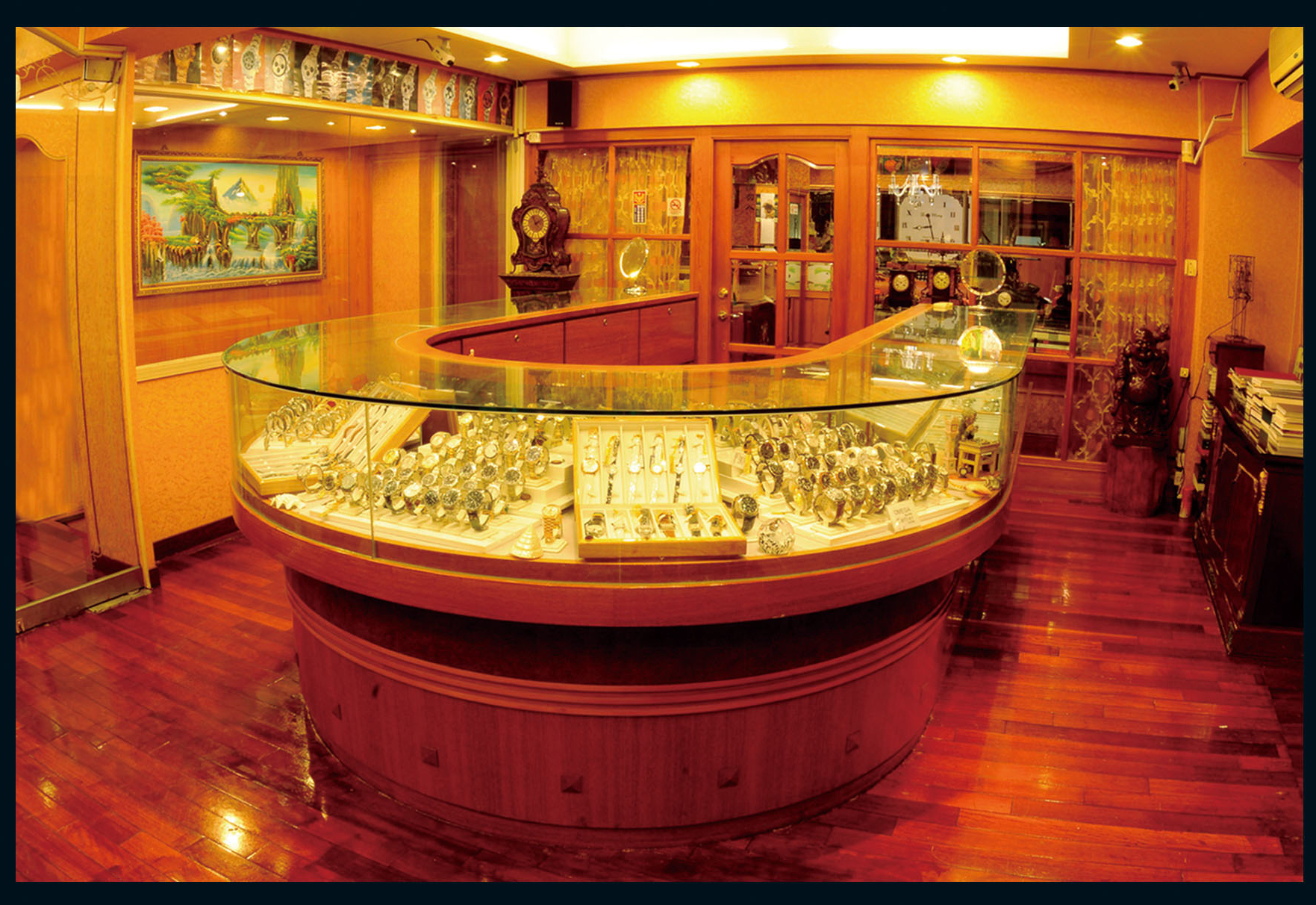
- Welcome, ( Log in )
- Your Account
- Cart: (empty)
Search
Cart
Block link
RSS feed
- Crafting a User-Friendly Shopify Store for Elderly and Users with Disabilities
- Crafting the Perfect Colour Palette for Your Electrician Website
- How to Optimize Images for 10x Faster WordPress Product Pages
- A Conversation with Mirza Hassan, Creator of Tourfic and Ultimate Addons for CF7
- Introducing Monster’s Award Winners: SEOPress, WP Weekly, and WP Academy
Gemological Institute of America (GIA)
 GIA History When most jewelers knew little about the gems they traded, Robert Shipley decided to professionalize the industry through education, research, and gemological instrumentation. The Institute, initially based out of their home, offered mimeographed mail-order courses and provided gem-testing services using borrowed microscopes and other equipment. From these modest beginnings GIA has become an institution with more than 200,000 graduates from 13 schools in 10 countries, a prestigious laboratory grading the world's most important diamonds, the leading gemological research center, and the author the 4Cs and the International Diamond Grading System - the worldwide standard for evaluating diamond quality.
GIA History When most jewelers knew little about the gems they traded, Robert Shipley decided to professionalize the industry through education, research, and gemological instrumentation. The Institute, initially based out of their home, offered mimeographed mail-order courses and provided gem-testing services using borrowed microscopes and other equipment. From these modest beginnings GIA has become an institution with more than 200,000 graduates from 13 schools in 10 countries, a prestigious laboratory grading the world's most important diamonds, the leading gemological research center, and the author the 4Cs and the International Diamond Grading System - the worldwide standard for evaluating diamond quality.
What Is GIA? A TRADITION OF SCIENCE AND EDUCATION Established in 1931, the Gemological Institute of America is the world's foremost authority on diamonds, colored stones, and pearls. GIA exists to protect all purchasers of gemstones, by providing the education, laboratory services, research, and instruments needed to accurately and objectively determine gemstone quality. Ensuring the Public Trust A nonprofit institute, GIA's mission is to ensure the public trust in gems and jewelry by upholding the highest standards of integrity, academics, science, and professionalism through education, research, laboratory services, and instrument development. GIA attained its leadership role through decades of integrity and ingenuity, and everything we do is still driven by this mission. A Place of Learning GIA is where students from all over the world build successful careers in the gem and jewelry field. The Graduate Gemologist (G.G.) diploma, which focuses on gem grading and identification, is the industry's highest professional credential. And with its Graduate Jeweler, Applied Jewelry Arts, and Accredited Jewelry Professional programs, GIA offers training geared to every aspect of the industry. A Place of Breakthrough Discoveries GIA is the global leader in gemological research, and its findings serve to protect the consumer. Using sophisticated technology, Institute researchers analyze thousands of samples each year. When new synthetic gems and artificial enhancement processes enter the marketplace, GIA is there to detect them. GIA manufactures gemological instruments used by gem and jewelry professionals everywhere. GIA Instruments' precision microscope and many other products help them buy, grade, and appraise with confidence. A Place to Turn to for Unbiased Analysis of Gemstone Quality GIA is the world's most respected gemological laboratory, entrusted with grading and identifying more gems than any other lab including the Hope, the Taylor-Burton, the De Beers Millennium Star, and the Incomparable. Located in major gem and jewelry centers around the world, GIA laboratories are staffed by expert diamond graders and gemologists, whose work sets the standard for grading practices worldwide. A Tradition of Discovery and Innovation Since the 1930s, GIA researchers have made numerous breakthrough contributions to our understanding of gems. These milestones include: • building the first gemological microscope with darkfield illumination (1938) • creating the D-to-Z color scale and Flawless-to-I3 clarity scale for diamonds(1953),internationally recognized standards for evaluating diamond quality • detecting irradiated yellow diamonds (1956) • determining the color of black cultured pearls to be natural (1961) • the first study of a new gem, tanzanite (1968) • the first report on faceted synthetic diamonds (1971) • identifying glass-filled rubies (1984) • detecting fracture-filled diamonds (1989, 1994) • evaluating the durability of emerald filling substances (1991) • distinguishing natural from synthetic diamonds (1995) • detecting synthetic moissanite (1997) • identifying the effect of fluorescence on diamond appearance (1997) • detecting diamonds decolorized by high pressure/high temperature (HPHT) treatment (1999) • detecting chemical vapor deposition (CVD) gem-quality synthetic diamonds (2003) • creating a comprehensive system for grading diamond cut quality (2004)




